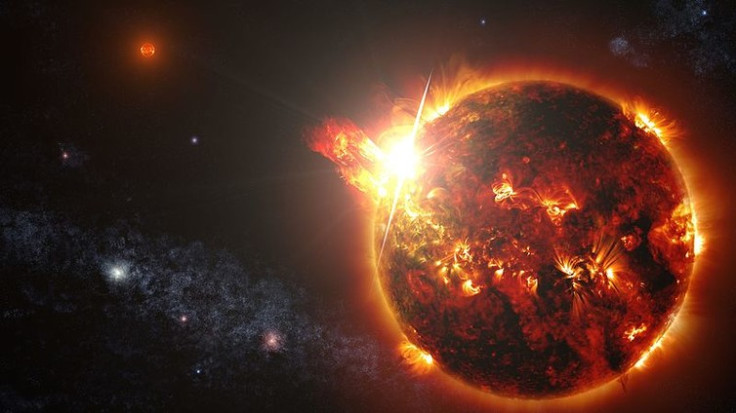Scientists believe sun is entering 'Solar Minimum' as it goes spotless for days
Solar Minimum is a phenomenon when there is a reduction in sunspots and sun flares.
As the coronavirus outbreak puts our normal day-to-day life to sleep due to lockdown, the sun is also having its own sack time. According to the latest reports, the sun has not produced any sunspots for almost 100 days which means the solar minimum phase is here.
Citing Space Weather, Forbes is reporting that no sunspots have appeared on the sun for more than 100 days in 2020. This is a record-setting low number. However, this is happening for the second consecutive year after a low number of sunspots were reported in 2019.
"This is a sign that solar minimum is underway," SpaceWeather.com read. "So far this year, the Sun has been blank 76% of the time, a rate surpassed only once before in the Space Age. Last year, 2019, the Sun was blank 77% of the time."
The reduced activity on the sun's surface has forced scientists to believe that were are about to experience a "very deep" solar minimum phase.
"Two consecutive years of record-setting spotlessness adds up to a very deep solar minimum, indeed," the report read.
The National Aeronautics and Space Administration (NASA) predicted the upcoming solar minimum in 2017. In its blog, the space agency explains that the reduction in sunspots, when the sun's photosphere appears darker than surrounding areas, is a part of the sun's cycle. This happens every 11 years or so. Therefore, this period is referred to as a solar minimum.
"And it's a regular part of the sunspot cycle," said Dean Pesnell of NASA's Goddard Space Flight Center in Greenbelt, MD.
As per the website, during this period the sunspots and sun flare significantly reduces. It is simply the time when solar activity changes its form.
Meanwhile, the impact of solar minimum can be seen on Earth's upper atmosphere and on satellites in low orbit. As the Earth's upper atmosphere swells up due to heat through ultraviolet radiation from the sun, Satellites moving through the outskirts of atmosphere experience "friction."
In addition, the number of galactic cosmic rays that reach Earth also increases during this period. This could pose a grave danger to the astronauts in the space. Galactic cosmic rays are highly energetic particles travelling through space towards our solar system as released by distant galactic activities.
"During solar minimum, the sun's magnetic field weakens and provides less shielding from these cosmic rays. This can pose an increased threat to astronauts traveling through space," Pesnell explains.
In an email to Newsweek, Mathew Owens, Professor of Space Physics at the University of Reading, U.K. explained that this is not an unusual phenomenon. Nevertheless, the changes in the level of activity on the Sun is rare.

"The Sun has been 'spotless' for a large fraction of the last year, which is indeed quieter than is typical," he said. "It's still a little early to say where it fits relative to other minima we've seen. If it does continue in this fashion, it may well rank up there with the longer minima on record. But at present it is not unprecedented; in fact, the very previous solar minimum [2009-2010] was longer."
© Copyright IBTimes 2025. All rights reserved.





















